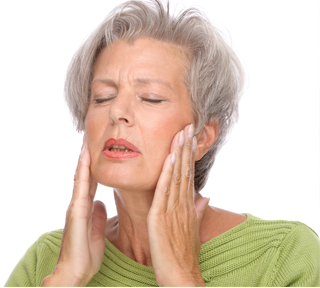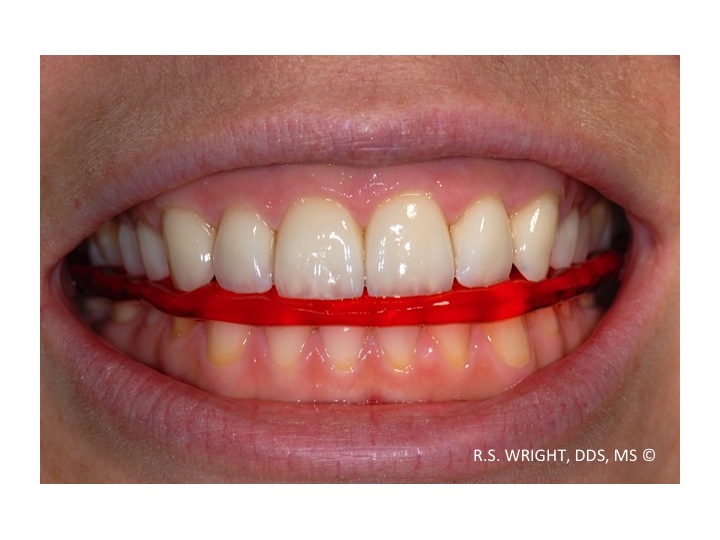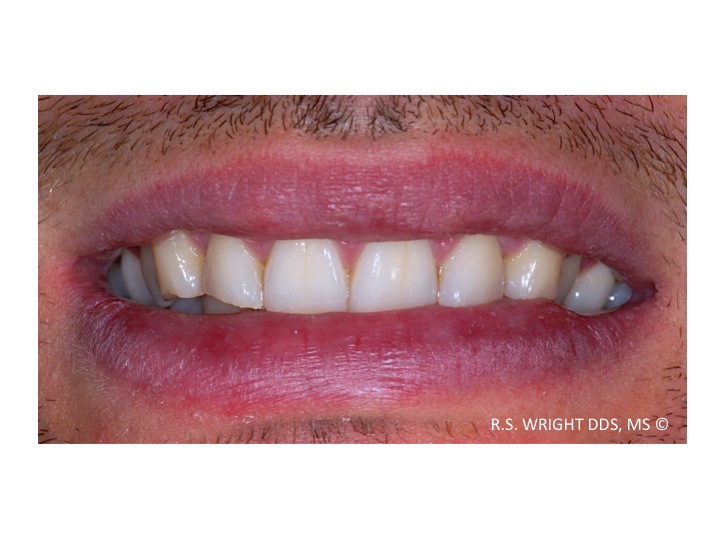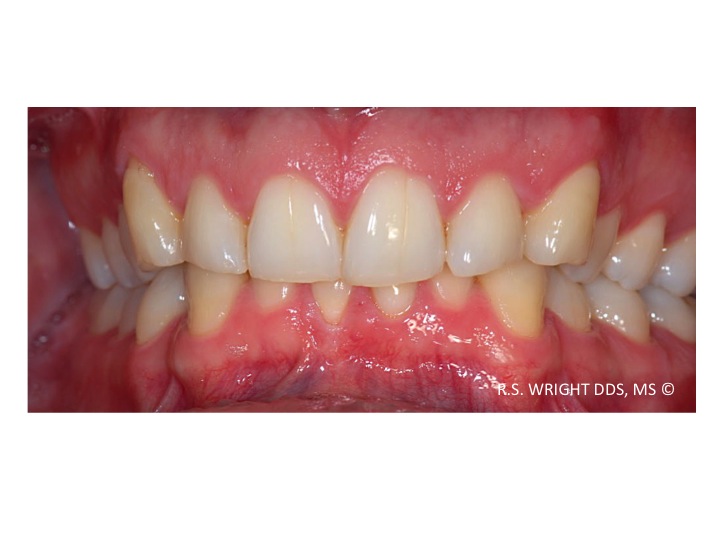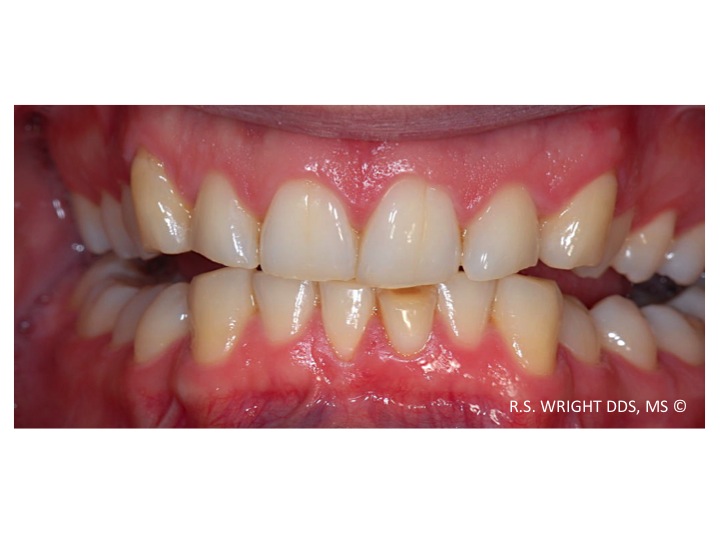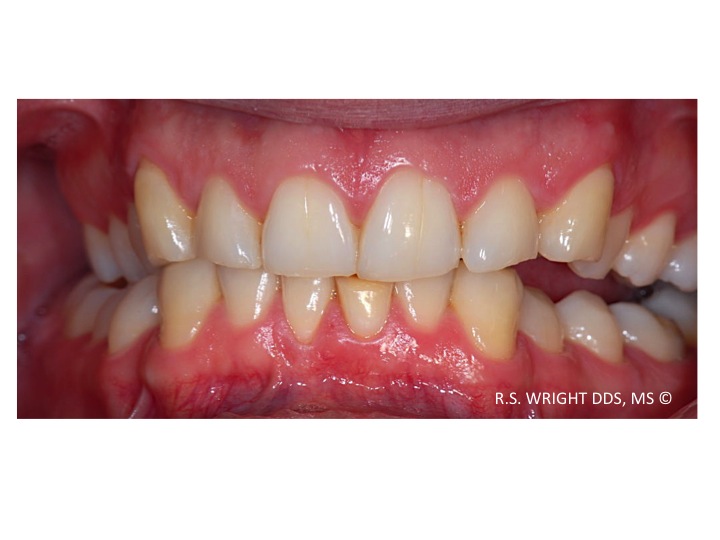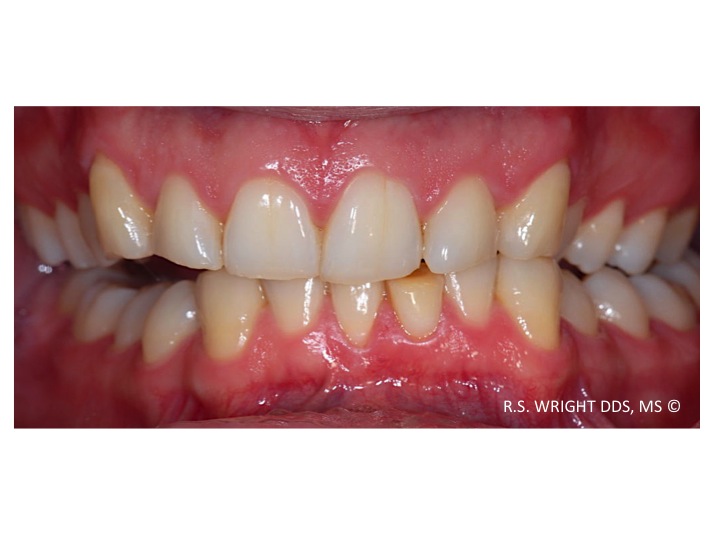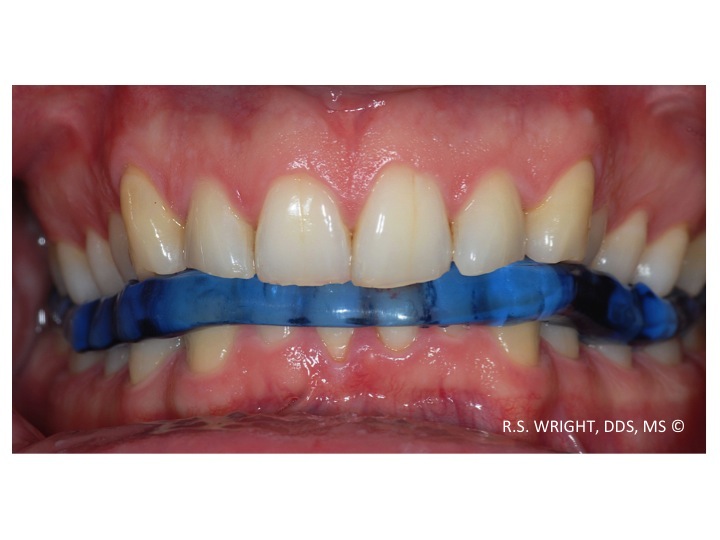TMJ & TMD
TMJ denotes the temporomandibular joint connecting the condyle of the mandible with the temporal bone of the skull. TMD denotes the medical-dental condition affecting the joint and muscles of the jaws, face, head and neck known as temporomandibular joint dysfunction syndrome. The associated pain can range from low and intermittent to intense and persistent. Non-surgical TMD treatment falls within the domains of prosthodontics and orthodontics.
In most every case of TMD there is parafunctional neuromuscular activity; that means unproductive clenching or grinding of your teeth. It is a nervous habit like biting your fingernails, picking your skin, twisting your hair or persistently chewing gum. Although it can occur in a person with a perfect dentition, there is most commonly a misalignment of the teeth or restorations on the teeth.
Art & Digital Dental Technology
A significant amount of a prosthodontist’s training is spent learning dental technology. This involves physically making the crowns, veneers, bridges, implant restorations, TMD splints, complete and partial dentures for his or her patient. In the last ten years there have been major advances in the development of digital technology in prosthodontics. More than ever this calls for a greater understanding and hands-on skill in dental prosthetics, which is the domain of the prosthodontist, known as the bio-engineer of the dental profession.
A major benefit for the patient is that the prosthodontist can fabricate and repair many provisional, interim and permanent restorations and prostheses in the practice rather that having to send it back to the dental laboratory and a rescheduled appointment. Great skill is required to achieve an aesthetic, durable and functional result.
Dr. Wright also designs and fabricates his own occlusal splints as shown in the photographs, which are quite unique and effective in the cases he selects to treat. Not all TMD cases are suitable for occlusal splint therapy but a large number are so. It is not prudent or in the best interest of the patient to embark on an elaborate and costly course of restorative and prosthetic treatment unless the clinician is confident that this will resolve the symptoms of TMD. In appropriate cases this can be tested out with an occlusal splint.
Medical Billing for Dentistry
Patients with medical insurance requiring a TMJ Treatment may be eligible for benefits payable by their medical insurance for a portion of the treatment provided that it is a PPO or AARP Medicare Advantage (HMO)
TMJ Treatment in Redding
In the simplest of cases it is possible to adjust high spots or interferences with the teeth or restorations. With the most complex, a full-mouth reconstruction is required. The dominant factor is the nervous disposition of the patient. The occasional patient with a perfect natural or restored dentition may still grind and clench his or her teeth whereas the occasional person with a badly misaligned and restored dentition may not. An occlusal splint must be worn at night or during periods of nervous behavior. An occlusal splint must be meticulously, custom designed and fabricated to be effective otherwise the patient will not be tolerate it and it will contribute to the worsening of the problem. Long-term use/abuse of prescription medication is ineffective and will contribute to liver damage. Surgery to the TMJ will sometimes provide relief of pain in more severe cases but TMD and symptoms will return in the absence of good prosthodontic treatment.
Dr. Wright provides specialist prosthodontics services for Redding, Shasta and the neighbouring counties of Tehama; Siskiyou; Trinity; Modoc; Lassen; Plumas and Glenn.
Learn more about Reconstructive Dentistry »
Ask the Doctor
Dr. Wright provides specialist prosthodontics services for Redding, Palo Cedro, Shingletown, Cottonwood, Anderson, Red Bluff, Shasta and neighbouring counties.
Should you have a question about prosthodontic treatment for yourself or family member, feel free to send Dr. Wright an email. He will be happy to respond within 48 hours.

